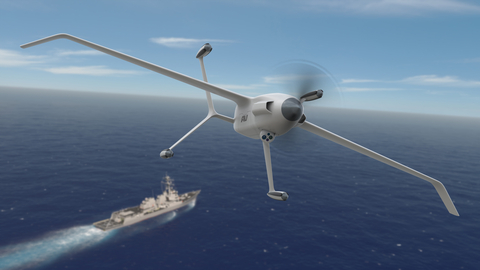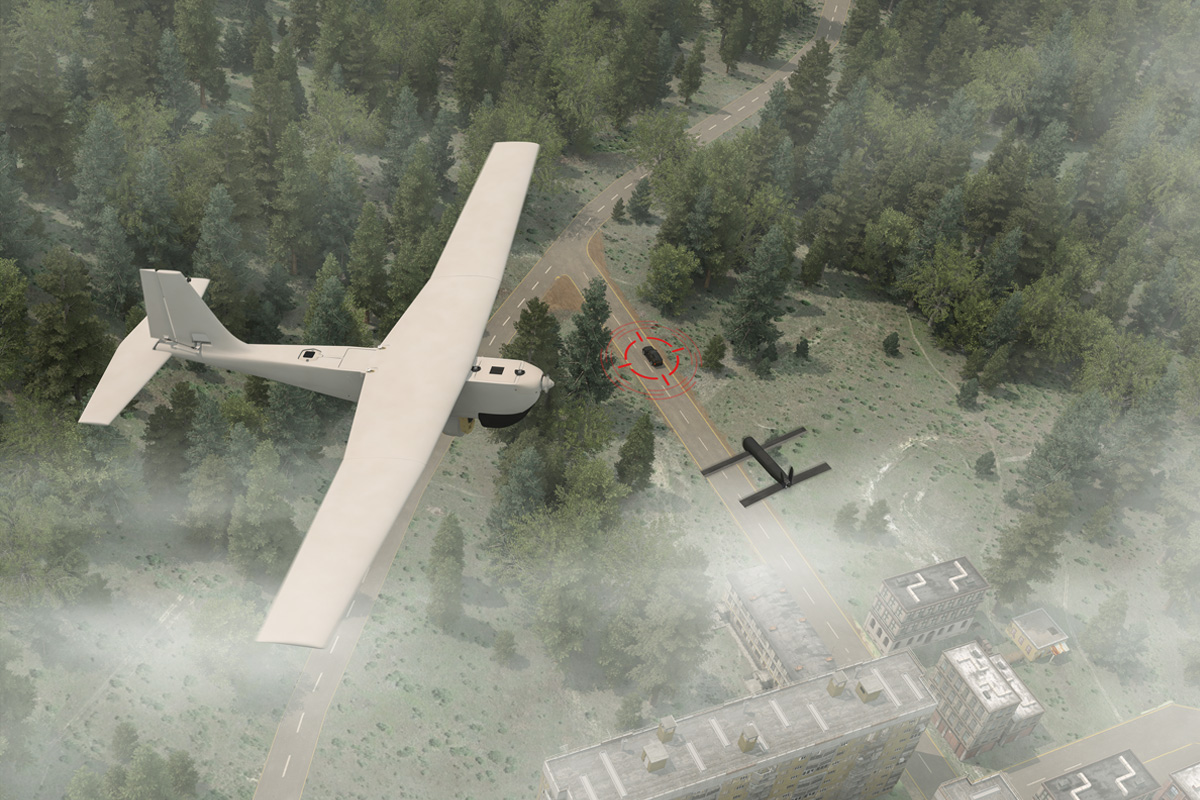AeroVironment to Develop its Wildcat Autonomous VTOL UAS for DARPA’s ANCILLARY Program
This press release features multimedia. View the full release here: https://www.businesswire.com/news/home/20240516197541/en/

AV’s Group 3 Wildcat UAS is a long-endurance, large-payload vertical take-off and landing solution developed for a variety of maritime operations. (Artist’s Rendering:
“We have prioritized controllability to ensure Wildcat meets the ‘anytime, anywhere’ goal of DARPA’s ANCILLARY program,” said AV’s Vice President of MacCready Works
Wildcat leverages AV’s SPOTR-Edge machine learning-enabled computer vision to enhance mission effectiveness. This capability builds on operational learnings AV has gained as a leader in the Group 1 to 3 UAS space with millions of operational flight hours on its Raven®, Puma™ AE, and JUMP® 20 uncrewed systems.
ANCILLARY calls for the development of a low-weight, large-payload, long-endurance VTOL UAS for missions executed by the
Designed specifically for the ANCILLARY program, Wildcat meets DARPA’s objectives for a 450 nautical mile (nmi) mission radius and over 12 hours of endurance on station with 60 lbs of payload. Additionally, Wildcat exceeds program objectives for sea state recovery and cruise speed, with the ability to operate in high sea states and winds, and dash over 100 knots to quickly cover long distances over sea or land.
Wildcat’s large modular payload capacity will enhance mission responsiveness and flexibility, and its tail-sitter design requires fractional infrastructure and footprint compared to other offerings. It is designed to operate as part of a larger fleet of Wildcat UAS that leverage collision-avoidance and autonomy to deconflict airspace and collaborate to perform search missions in degraded or denied airspace.
“Our solutions are specifically crafted for the operator and Wildcat is no exception. AV has a strong history of seamlessly integrating our systems into a soldier’s daily operations and we look forward to further developing this design in partnership with
ABOUT
SAFE HARBOR STATEMENT
Certain statements in this press release may constitute "forward-looking statements" as that term is defined in the Private Securities Litigation Reform Act of 1995. These statements are made on the basis of current expectations, forecasts and assumptions that involve risks and uncertainties, including, but not limited to, economic, competitive, governmental and technological factors outside of our control, that may cause our business, strategy or actual results to differ materially from those expressed or implied. Factors that could cause actual results to differ materially from the forward-looking statements include, but are not limited to, our ability to perform under existing contracts and obtain additional contracts; changes in the regulatory environment; the activities of competitors; failure of the markets in which we operate to grow; failure to expand into new markets; failure to develop new products or integrate new technology with current products; and general economic and business conditions in
View source version on businesswire.com: https://www.businesswire.com/news/home/20240516197541/en/
MEDIA CONTACT
+1 (805) 750-6176
pr@avinc.com
Source:
